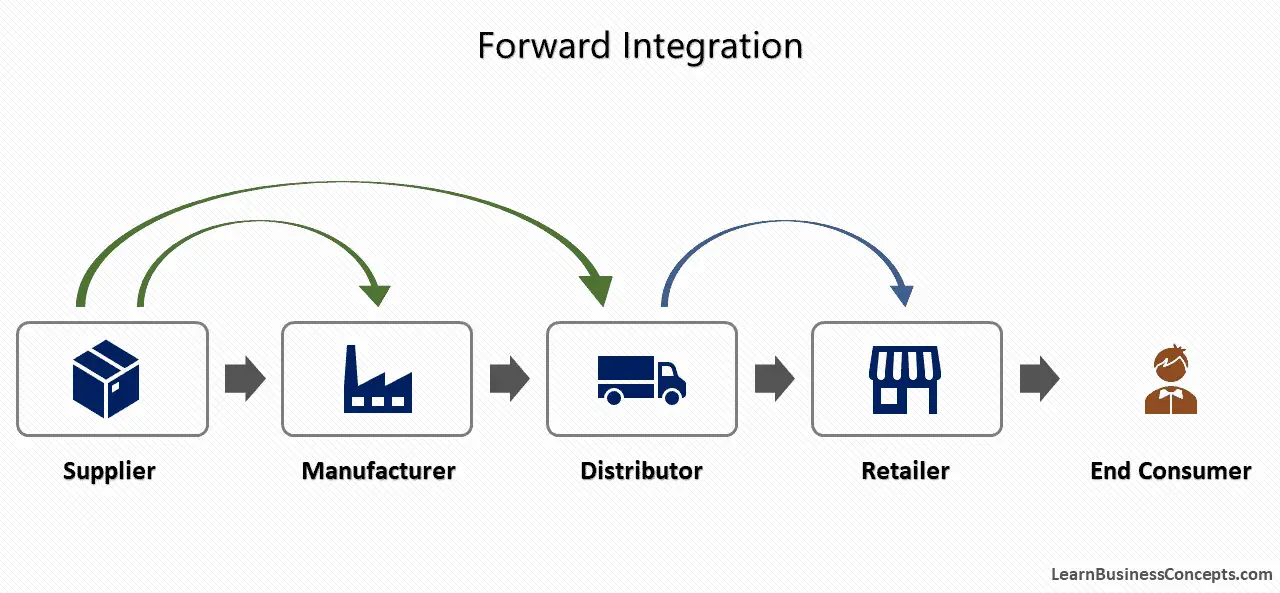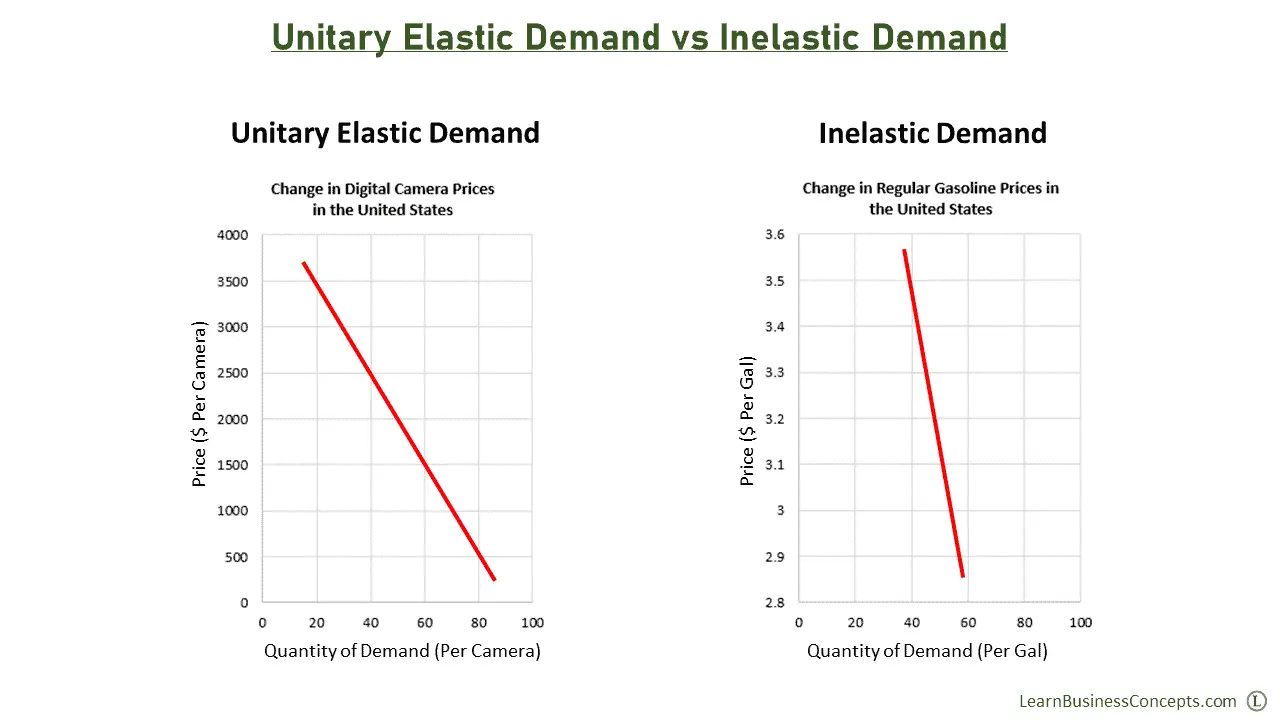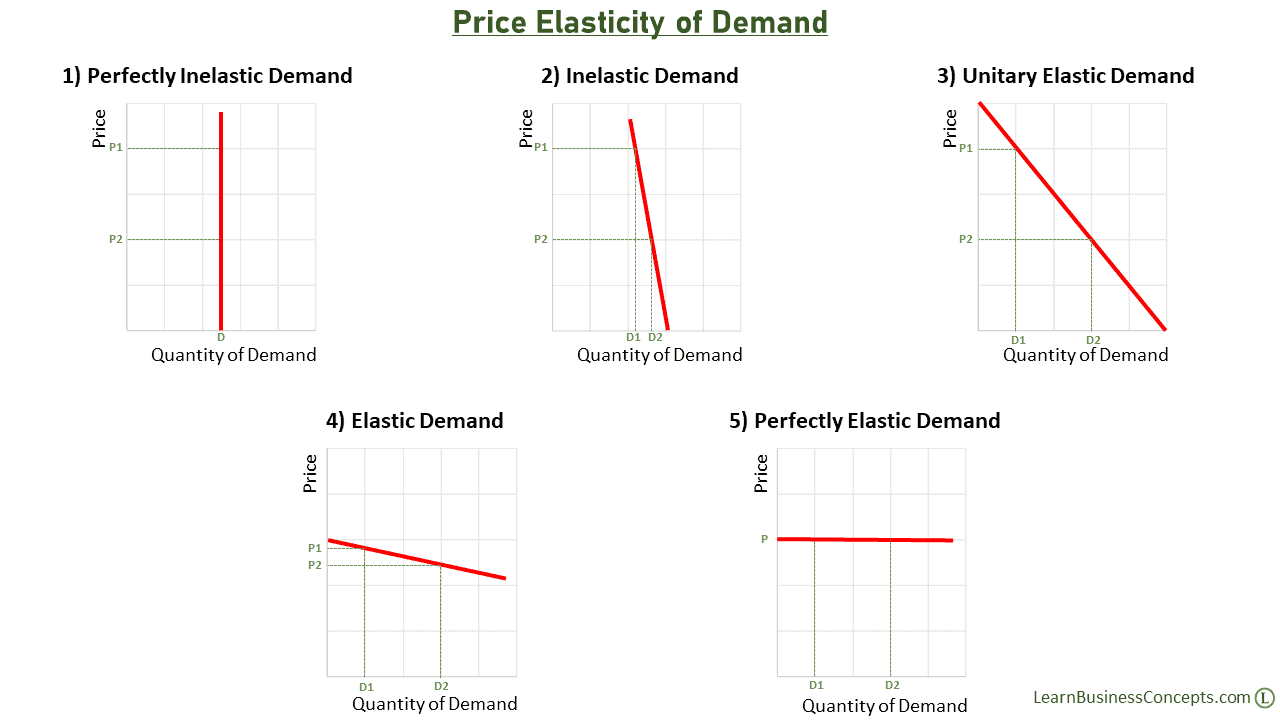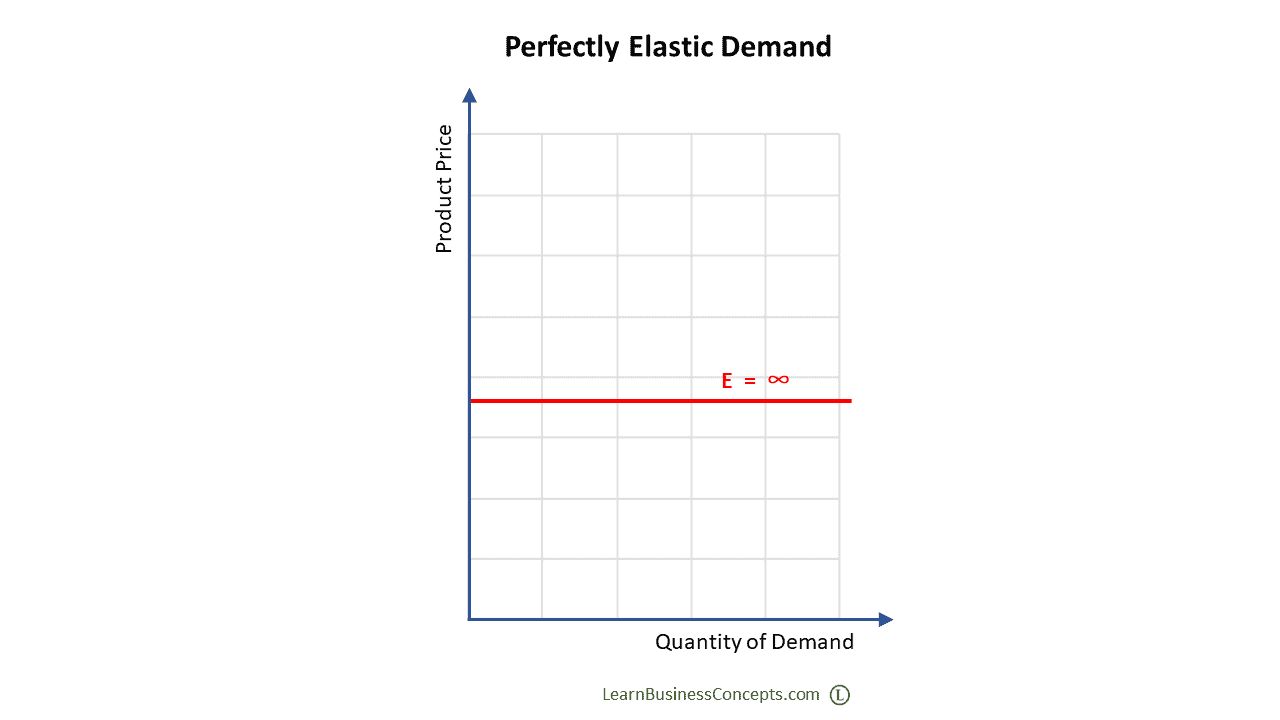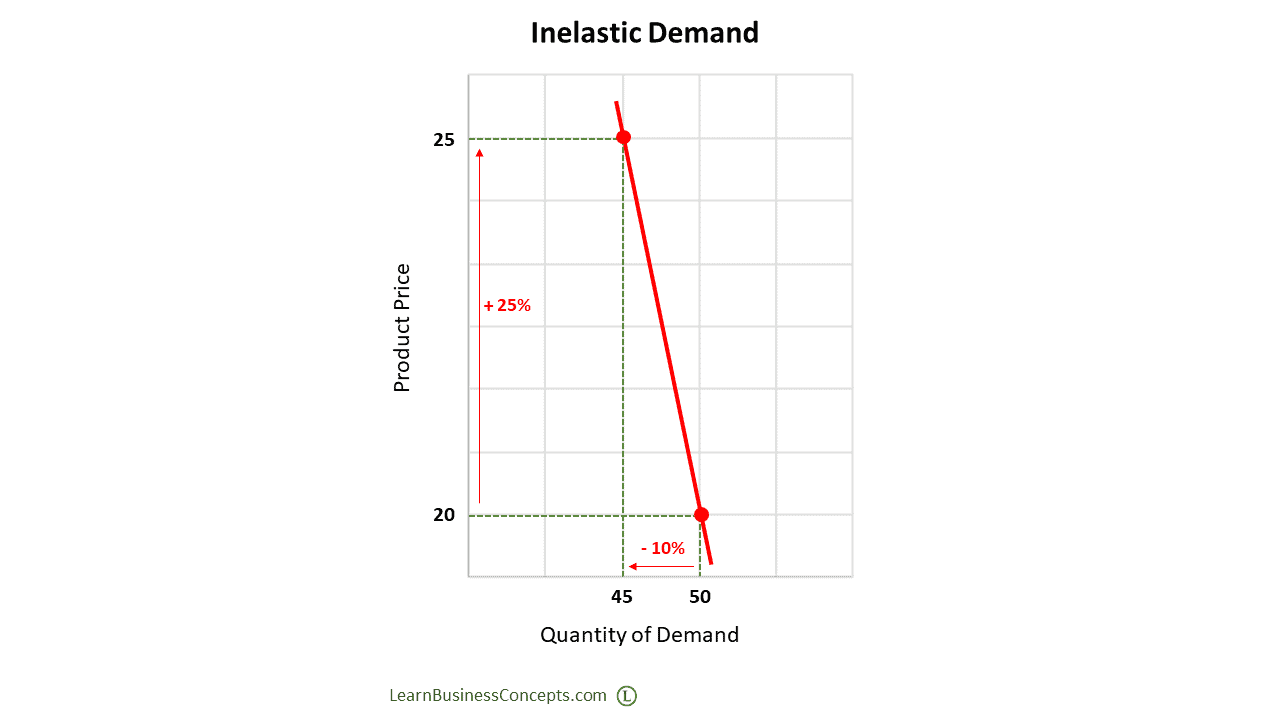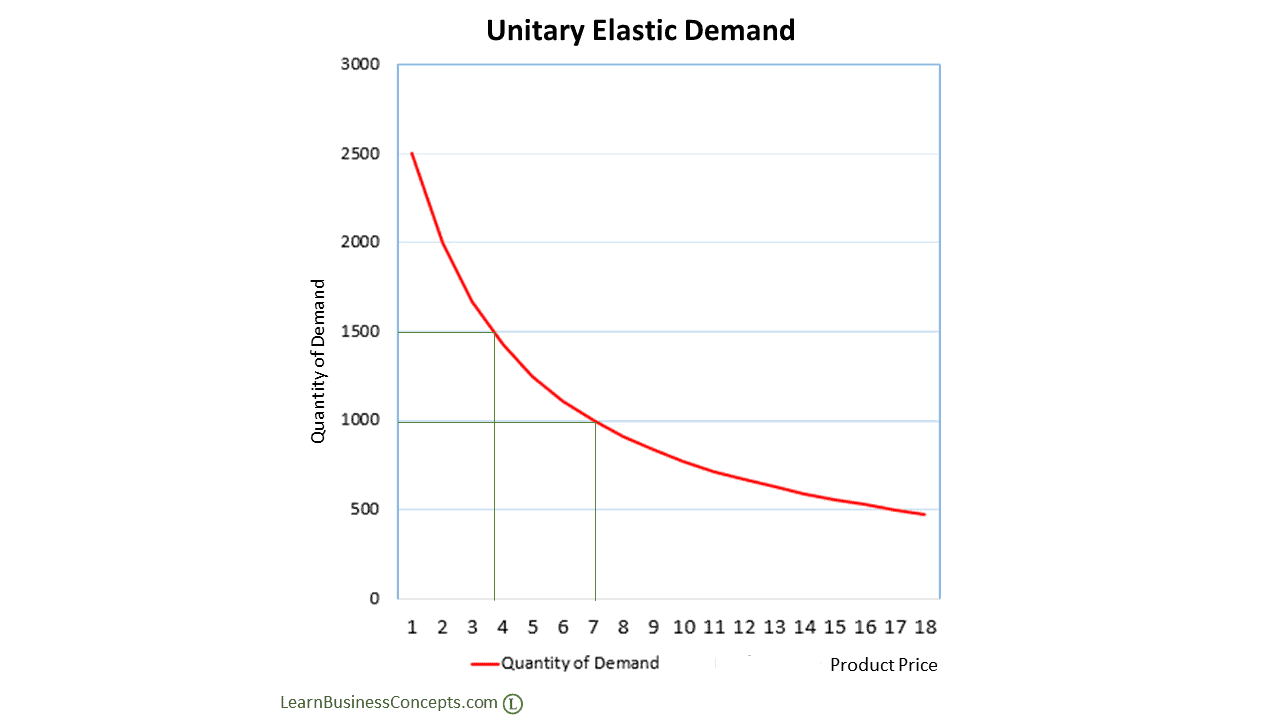Best 20 Online Money Making Ideas For A Housewife
Most housewives like you have the willingness to earn a good income while staying at your comfort of home. These online money-making ideas will help you to enjoy a good income while enjoying quality time with your family.


